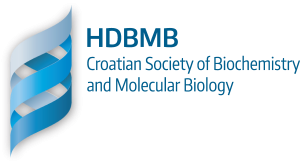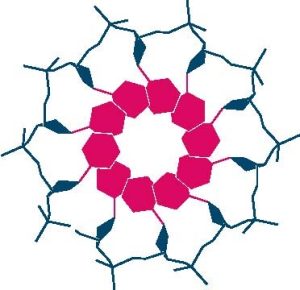
Iva Hafner Bratkovič
Dr. Iva Hafner Bratkovič is a research professor at the National Institute of Chemistry, Slovenia. She received her PhD in 2008. During her postdoctoral work, she got engaged in the field of innate immunity, particularly in the mechanisms underlying neuroinflammation and NLRP3 inflammasome. She was a visiting scientist at the Technical University Munich and the Biomedical Research Institute of Murcia and a Fulbright research scholar at Boston Children’s Hospital/ Harvard Medical School.
Her group focuses on the mechanisms of NLRP3 inflammasome activation and its modulation, from basic molecular and cell biology to autoinflammatory disease models. She is also interested in the regulation of cell death, focusing on gasdermin D-driven pyroptosis. The major aim of her group is to reconstruct and rewire innate signaling and cell death pathways with synthetic biology tools for various applications.

















